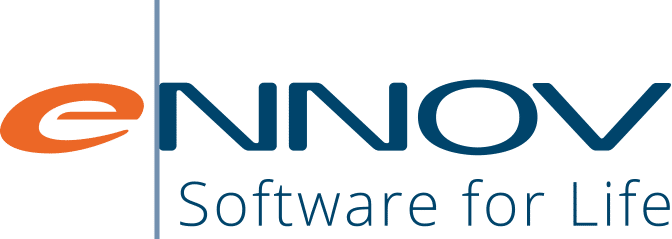The global nature of the Life Sciences industry brings with it an inherent diversity—geographically spread teams, a variety of roles, and a broad range of technical expertise levels. Amidst this decentralization and diversity, the importance of a user-friendly interface in Quality Management Systems (QMS) comes into sharp focus. As we progress in our series, this post hones in on the criticality of intuitive user experiences in the next-generation QMS.
The Essence of a User-Friendly Interface
An interface serves as the gateway for users to interact with any software system. Its design and intuitiveness directly impact productivity, compliance, and the overall efficiency of quality processes.
Universal Usability Across Roles
In the Life Sciences sector, the user base of a QMS might include a laboratory technician, a quality assurance manager, a senior executive, and many more. Each comes with a unique set of expectations, tech-savviness, and objectives. An intuitive interface ensures that the system is accessible and usable for all, irrespective of their background or expertise.
Accelerated Onboarding and Adoption
For any organization, time spent on training is time away from core operations. A user-friendly interface simplifies the onboarding process, allowing new team members to become proficient rapidly. Moreover, a straightforward and intuitive interface encourages higher adoption rates, ensuring that the benefits of the QMS are realized across the board.
Enhancing Productivity and Reducing Errors
A well-designed interface streamlines tasks and minimizes the steps required to achieve objectives. By providing clear navigation, understandable terminologies, and logical workflows, it reduces the chances of errors—critical in an industry where errors can have significant ramifications.
User-Centricity: More Than Just Aesthetic Appeal
While a visually appealing interface is certainly a plus, the true measure of user-friendliness lies in functionality. It’s about understanding the challenges and needs of the end-users and designing the interface to address these efficiently.
Setting the Stage
The emphasis on a user-friendly interface underlines a broader shift in the approach to quality management—it’s not just about compliance and processes but about the people who manage these. As we continue in this series, we’ll delve deeper into the attributes that form the bedrock of a holistic, next-gen QMS.
Conclusion
As the Life Sciences industry continues to evolve, the tools and systems supporting it must adapt, placing users at the center of design and functionality. In subsequent posts, we’ll explore more facets that contribute to a robust QMS, offering insights tailored for Ennov’s discerning target market. The Life Science industry demands solutions that are both innovative and reliable. At Ennov, we pride ourselves on offering the only unified platform tailored to the Life Sciences.
Need a QMS that caters to diverse roles within your organization? Ennov has a reputation for creating universally usable systems. Let’s talk.


